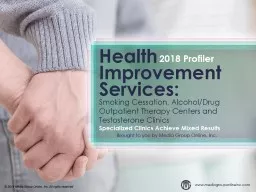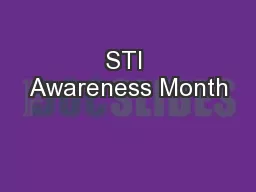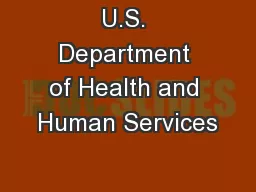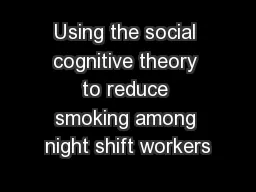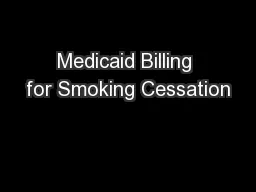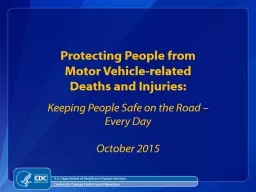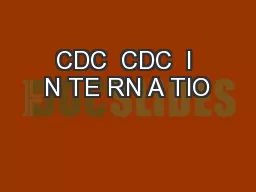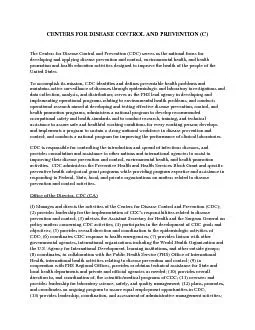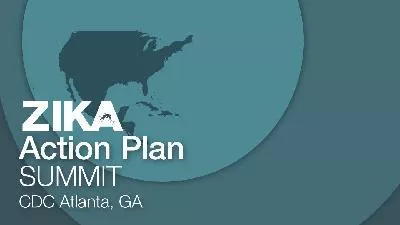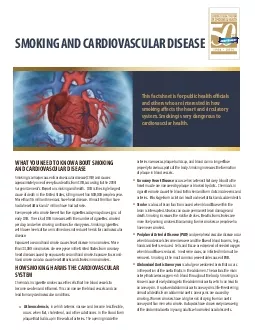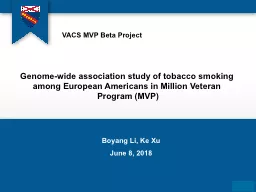PPT-The Smoking Scourge According to the Centers for Disease Control (CDC), 15.5% of Americans
Author : genderadidas | Published Date : 2020-06-16
The percentage of heavy smokers 2029 per day decreased from 349 to 284 and the percentage who smoked fewer than 10 per day increased from 164 to 25 Almost a total
Presentation Embed Code
Download Presentation
Download Presentation The PPT/PDF document "The Smoking Scourge According to the Cen..." is the property of its rightful owner. Permission is granted to download and print the materials on this website for personal, non-commercial use only, and to display it on your personal computer provided you do not modify the materials and that you retain all copyright notices contained in the materials. By downloading content from our website, you accept the terms of this agreement.
The Smoking Scourge According to the Centers for Disease Control (CDC), 15.5% of Americans: Transcript
Download Rules Of Document
"The Smoking Scourge According to the Centers for Disease Control (CDC), 15.5% of Americans"The content belongs to its owner. You may download and print it for personal use, without modification, and keep all copyright notices. By downloading, you agree to these terms.
Related Documents

